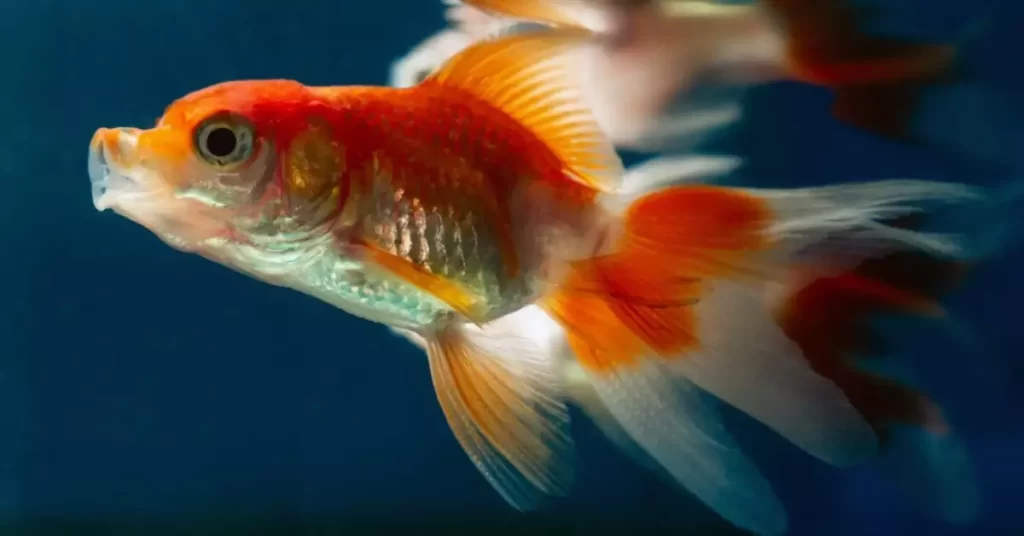Fish are fascinating creatures that have captured the interest of hobbyists, scientists, and nature enthusiasts alike.
One question that often arises when discussing fish is whether they keep growing throughout their lives.
In this article, we will explore this intriguing topic in detail, providing you with valuable information that will enhance your understanding of fish growth and size. Let’s dive in and learn more about these remarkable animals!
Factors Influencing Fish Growth
Genetic Factors
Fish growth is influenced by genetic factors that determine the maximum size a fish can reach. Different species have distinct genetic blueprints that dictate their potential for growth.
Environmental Factors
The environment in which a fish lives plays a crucial role in determining its growth. Factors such as water quality, temperature, and available resources can significantly impact growth rates and overall size.
Diet and Nutrition
The availability of food and the quality of a fish’s diet are essential for growth. A well-balanced diet ensures that fish have the necessary nutrients to grow and develop properly.
Hormones and Growth Regulators
Fish growth is regulated by hormones and other biochemical factors. These compounds help control the rate of growth and can influence overall size.
Indeterminate vs. Determinate Growth
Indeterminate Growth
Indeterminate growth refers to the phenomenon where animals continue to grow throughout their lives.
Many fish species exhibit this type of growth, meaning they can potentially keep growing as long as they live.
Determinate Growth
Determinate growth is when an animal reaches a fixed size and then stops growing.
Some fish species, particularly those in the cichlid family, exhibit determinate growth and do not continue to grow indefinitely.
How Fish Grow
Fish growth occurs through a combination of cell division and cell enlargement. As fish consume food and obtain nutrients, they use this energy to grow and develop.
Growth Zones
Fish have specific growth zones within their bodies, primarily located near the head, spine, and fins. These zones contain cells that divide and enlarge, contributing to the overall growth of the fish.
Growth Rates
Fish growth rates can vary significantly between species, and even within the same species.
Factors such as genetics, environment, and diet all play a role in determining how quickly a fish grows.
Fish Size and Age
While fish size can be an indicator of age, it is not always a reliable one. Environmental factors and genetics can cause significant variations in size among fish of the same age.

Fish Lifespan and Growth
Fish lifespans vary greatly between species, with some living for just a few years, while others can live for several decades.
Fish with longer lifespans tend to grow more slowly and have a higher potential for indeterminate growth.
Aquarium Fish Growth
Aquarium fish growth can be influenced by the conditions within the tank, including water quality, diet, and tank size.
Providing optimal conditions can encourage healthy growth and development.
Fish Growth in the Wild vs. Captivity
Fish growth rates can differ significantly between wild and captive environments. Factors such as diet, predation, and competition for resources can influence growth rates in the wild.
Fish Growth Anomalies
Some fish may experience growth anomalies, such as stunted growth or accelerated growth.
These anomalies can be caused by various factors, including disease, genetic mutations, or environmental stressors.
FAQs
How can I determine the age of a fish?
The most accurate method to determine a fish’s age is by examining its otoliths or ear bones, which accumulate growth rings similar to those found in tree trunks.
This method, however, requires the fish to be deceased. In some species, scales can also be used to estimate age, but this method is less precise.
Can a fish outgrow its tank?
While fish growth may be somewhat limited by the size of their environment, a fish’s size can still become problematic if it exceeds the tank’s capacity.
Overcrowding and inadequate water quality can lead to stress, disease, and stunted growth.
It is crucial to research the potential size of a fish species and provide an appropriately sized tank for their needs.
How can I encourage healthy growth in my aquarium fish?
To promote healthy growth, provide a well-balanced diet, maintain optimal water quality, and ensure that the aquarium is adequately sized for the fish.
Regular water changes, proper filtration, and monitoring of water parameters can help create an optimal environment for growth.
Are there any negative consequences of rapid fish growth?
Rapid growth in fish can lead to various issues, including increased susceptibility to disease, deformities, and a shorter lifespan.
It is essential to provide a balanced diet and avoid overfeeding to prevent these potential problems.
Can I determine a fish’s growth rate based on its current size?
While current size can provide some insight into a fish’s growth rate, it is not a definitive indicator.
Fish growth can be influenced by a variety of factors, including genetics, environment, and diet, which can all contribute to variations in growth rates.
Conclusion
Fish growth is a complex process influenced by a multitude of factors, such as genetics, environment, and nutrition.
While many fish species exhibit indeterminate growth and can potentially keep growing throughout their lives, other species have determinate growth patterns and reach a fixed size.
Providing optimal conditions and a balanced diet can promote healthy growth in aquarium fish while understanding the natural growth patterns of various species can help us appreciate these remarkable creatures even more.